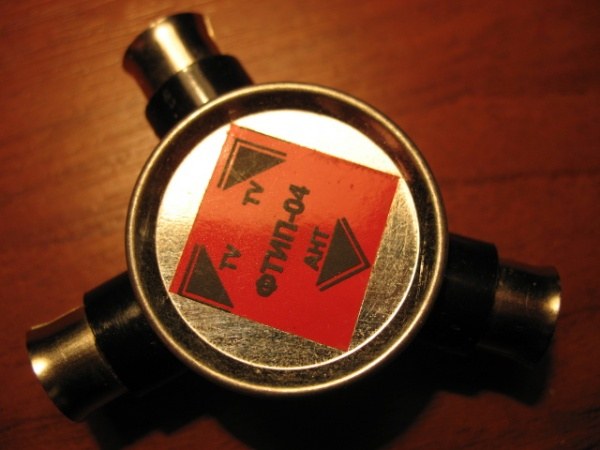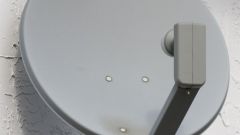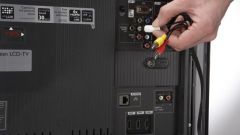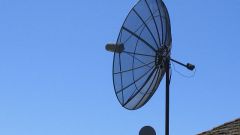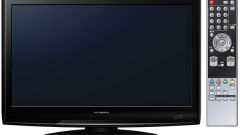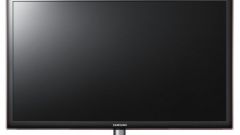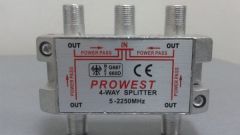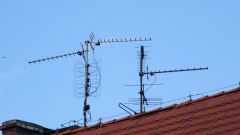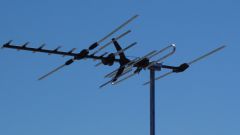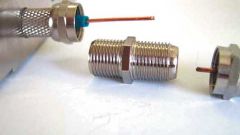Instruction
1
If your TV can show through the menu the frequency channels, find out these details about all the programmes that you take. Find the channel with the highest frequency. Choosing a splitter, make sure the upper boundary of the range has more of this frequency. If no TV function display frequency is useful to have friends in the time machine with that capability.
2
The number of outputs of the splitter must exceed the number of existing TVs. If some of the rooms you have TV receivers do not exist, it is useful to take a device that can "grow" with additional outputs. Over time, you may acquire and TVs these rooms.
3
Note this parameter as damping. It is expressed in decibels. Its value is specified on the housing of the splitter or in the instructions. The smaller it is, the better.
4
Decide beforehand how and where you will be installing the splitter. It is highly desirable to mount it on a wall, and not leave hold on some cables - and more reliable, and prettier. In this case, the device must have the fastening holes. If the device will be placed in a prominent place, it must have aesthetic appearance. In case, if you are going to install a splitter inside wide cable box, it needs to have minimum dimensions.
5
Connection method device choose in accordance with the types of cable used, and have soldering skills. Splitter with screw terminals compatible with cables of any diameters, and soldering is not required. Won't need it for installation device with screw connectors, but the cables you can connect just fine. In the presence of soldering skills buy a splitter designed to connect in this way. Finally, the device is equipped with coaxial jacks (like on TV), you can connect to any cables, using a regular antenna plugs. Themselves plugs purchase in the same store, and the type they select, depending on the availability of skill of soldering (some of them allow you to attach the cable with the screws).
6
Don't be confused when buying a splitter with another device similar purpose: unifier or divider signals of different ranges. Some older TVs have separate antenna inputs for VHF and UHF range. With such a device will have to place the delimiter signals that allows you to connect both inputs to one antenna cable.
Note
Before connecting unplug all the TVs and any other connected signal sources.
